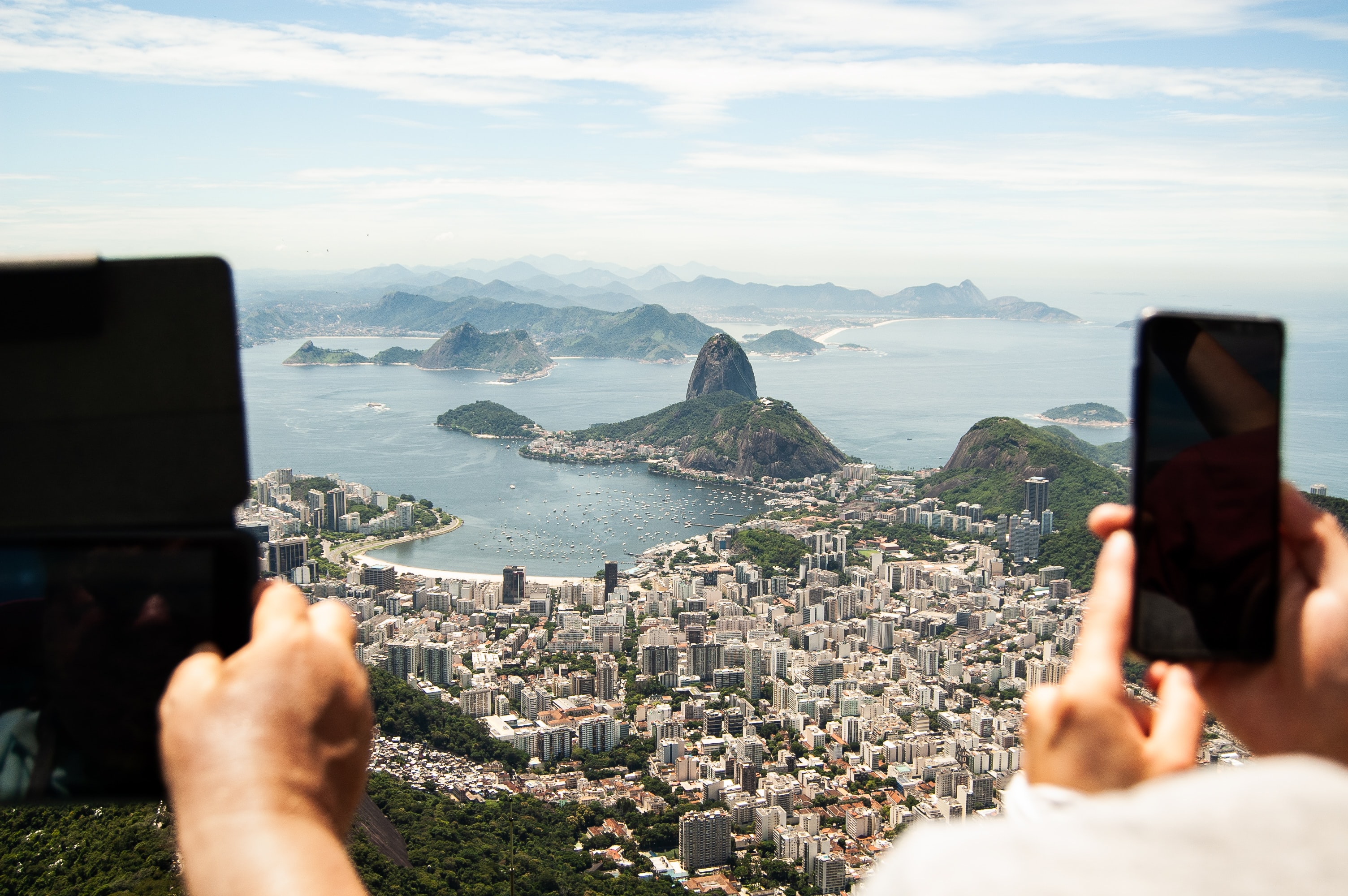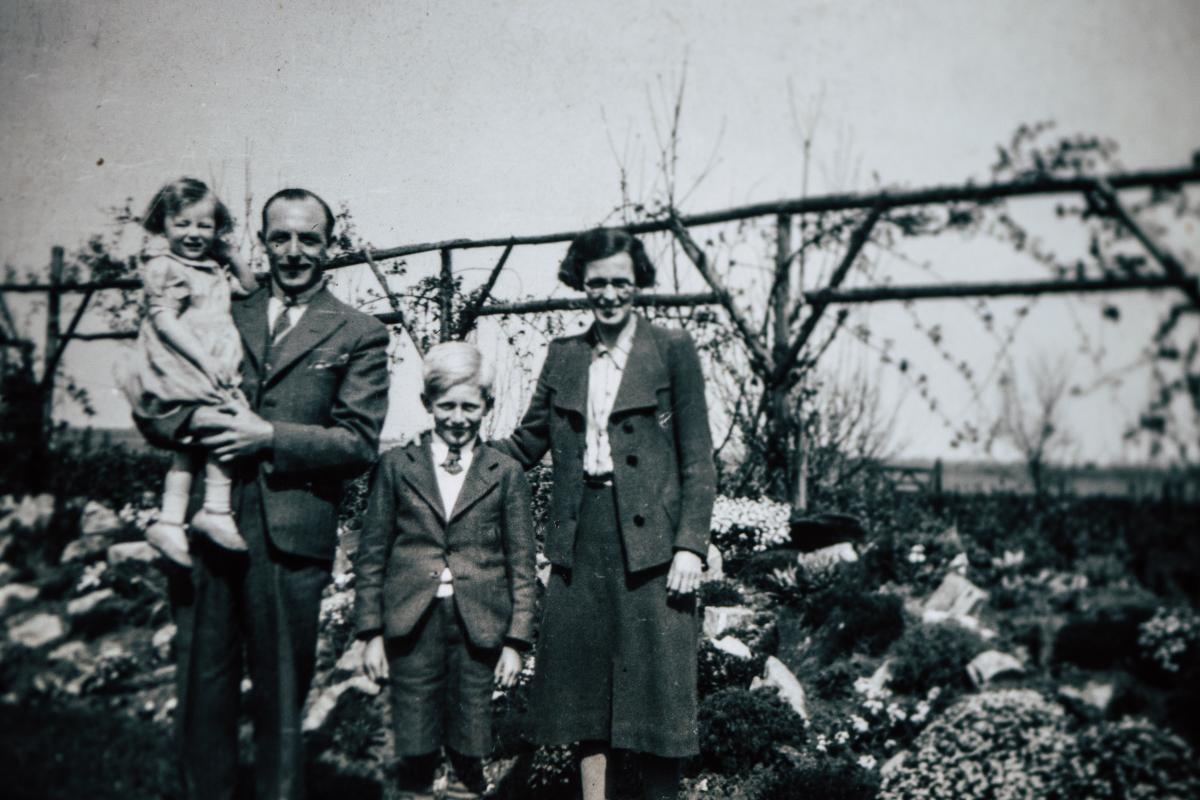In the complex world we live in we face significant challenges, be these from new Global threats, new challenger business models, new social structures or societal expectations. In this new context bravery is not an option, but rather a necessity. By being brave we can rise to these new challenges, look at old problems in new ways, be adventurous, find the courage to take risks, and devise solutions and powerful new strategies with which to navigate our futures.
In this article we explore a number of key insights from the worlds of behavioural science and neuroscience that might help bring out the bravery a little more in all of us?
First, let’s think about how we might frame what it means to be brave. Behavioural Science tells us that our understanding, decisions and preferences are affected by how information is presented to us.
How something is framed can make different aspects of a situation more or less significant and, ultimately, alter decision-making and behaviour.
As Nobel Laureate Daniel Kahneman said “An investment said to have an 80% chance of success sounds far more attractive than one with a 20% chance of failure. The mind can’t easily recognise that they are the same.”
We tend to think of bravery as something that is required only for emergency situations;
something we have to muster up for major life events or challenges - and this frame presents bravery as something that is not only rare, but also required only for significant happenings. In reality, acts of bravery can be small and very personal.
If we want to drive change and rise to new challenges we need to re-frame bravery as something we can add into our daily actions and decisions – in the same way that random small acts of kindness help reframe the concept of helping others. By re-framing in this way, it becomes much easier to see ourselves as having the ability to be brave and, as a consequence, actually to take risks, ask difficult questions of ourselves and others and drive change (big or small) where it is needed.

From reframing the concept to chunking the goal
Sometimes the big brave goals will seem just too big, daunting and easy to turn away from. However, Behavioural Science has delved deeply into the science of breaking tasks down into mental chunks. Study after study has shown that if you break a task into small sequential pieces the process of ‘chunking’ has the power to transform what seemed impossible into something that’s altogether less daunting, manageable in fact, and easier to complete.
Everyday bravery is speaking up when you don’t agree with what colleagues are saying
Mental chunking can work for both big and small ideas. If your idea of (hard to achieve) everyday bravery is speaking up in a meeting when you don’t agree with what your colleagues are saying, you could begin by putting your dissenting points on paper. Then you might move on to emailing your thoughts to your manager after the meeting. And then, finally, you might move to actually talking about your concerns during meetings. One step at a time, along the road to taking the leap.
Behavioural Science can give us Empowering Insights into why taking risks can feel uncomfortable
We’ve explained why we need to start being braver, we’ve discussed re-framing bravery into an everyday act, and outlined how chunking your brave behaviours can make them seem less overwhelming.
When we think of being brave many of us might admit to feeling a little uncomfortable and even scared. This is largely due to our in-built fearful response to uncertainty and risk. Fear that we will be ostracised for being different, fear that we will be told that we are wrong, and fear that making a stand will only have a negative impact on our life.

Fear is a fundamental human instinct, developed to protect us from outside threats.
Although these threats are likely less life-threatening than the kind of threats faced by stone age man, we still feel fear when we take gambles that could have a negative outcome. Neuroscience tells us that the fear response starts in the amygdala, a region of the brain which triggers our fight or flight response. It also triggers the release of stress hormones, which is why you might feel stressed or anxious around a risky decision.
Unfortunately, knowing all of this won’t stop you feeling afraid or uncomfortable when taking risks. But being aware of why you are experiencing discomfort is the first step to overcoming the feeling and understanding the science is deeply empowering in itself. By learning to recognise and even to embrace the uncomfortable feelings, we can actually make them a heuristic for bravery. Pushing yourself outside of your comfort zone can start to feel good if you recognise the feelings as proof that you are taking risks for the right reasons.
Making our brains want to be braver
Even if we understand the need to be brave and accept that it could feel scary or weird we might still find it difficult to take the final leap. Behavioural Science has brought alive a plethora of deep subconscious biases that can have major impacts on how we behave.
How we can dial some of these biases up or down to make bravery easier?
Let’s first look at some of the key concepts that might be at play in our brains and think how to break out of those invisible subconscious guidelines that can hold back new and creative thoughts.
But not all biases are working to prevent us from being brave. Others can be dialled up and leveraged to work in our favour.
In summary – how behavioural science can put the B into Bravery for you
- Reframe bravery - Don’t postpone being brave because you think bravery is only relevant to huge acts of daring … think about how you could take smaller, calculated risks everyday (remember marginal gains)
- If this seems daunting, write an action plan, splitting out your goals into mental chunks that are more manageable.
- Feeling uncomfortable or scared when you are being brave is a natural reaction in your brain. Lean in to the feeling and even use it as a marker for when you are truly being courageous.
- For the biases listed above here are a few simple rules of thumb:
a. Recognise if you are following the status quo and if you have given space to consider other options?
b. Ask yourself how the decision or consensus was arrived at? Do people agree with the consensus, or were you swayed by people in the room? Is the John Wayne affect holding back new fresh brave ideas?
c. Ask yourself if you would still carry on with a task or project if you were starting from scratch today, with no invested resources (time, effort, money)?
d. Find the courage to acknowledge if your initial judgement might be wrong. Try and play devil’s advocate or get someone else to do it for you.
To keep up with our changing society, it is essential that we explore our capacity for bravery and drive forward with the new world agenda. We all have the potential to be braver everyday, and behavioural science provides us with tools to release this potential!
This article was taken from issue 1 of Marketing Society members-only publication EMPOWER. Find out more here and see past articles here (please note some articles are open to the public and some are for members only.)
